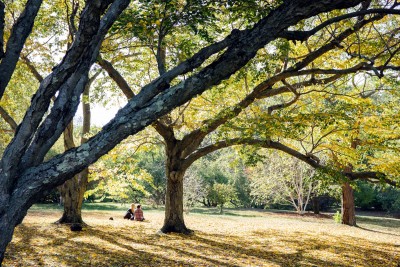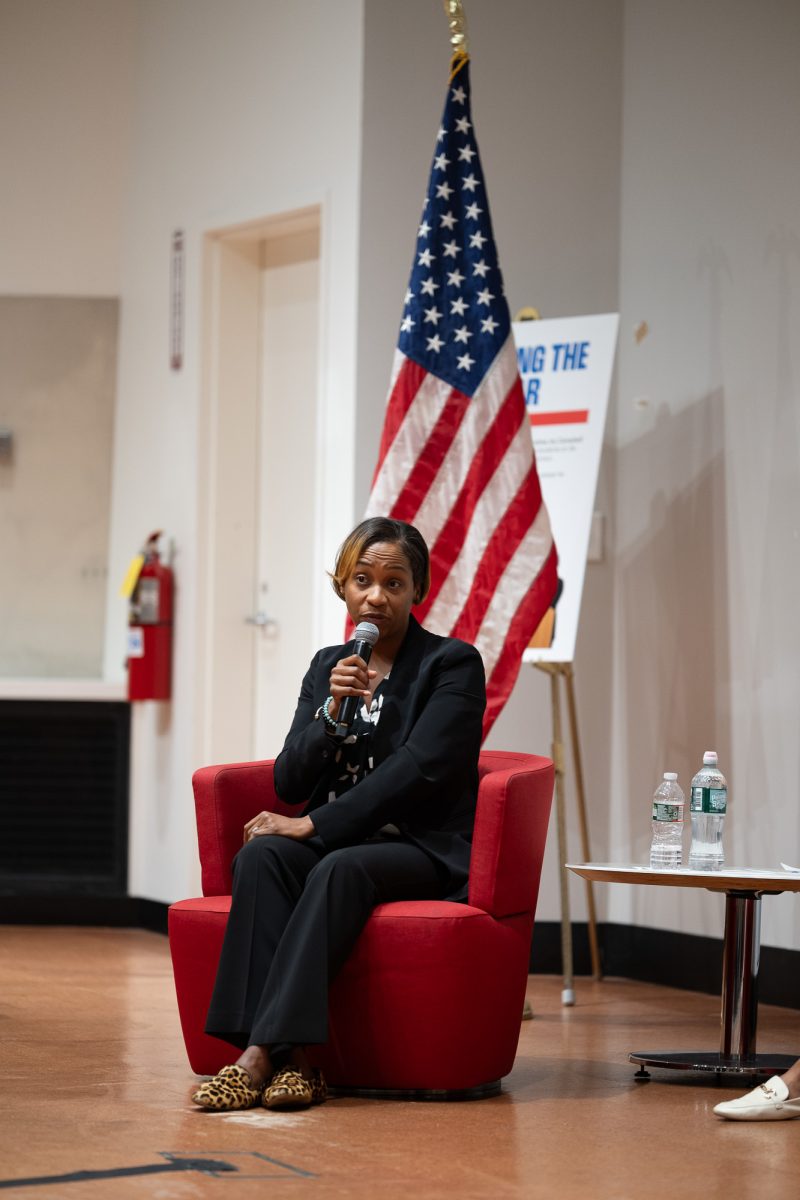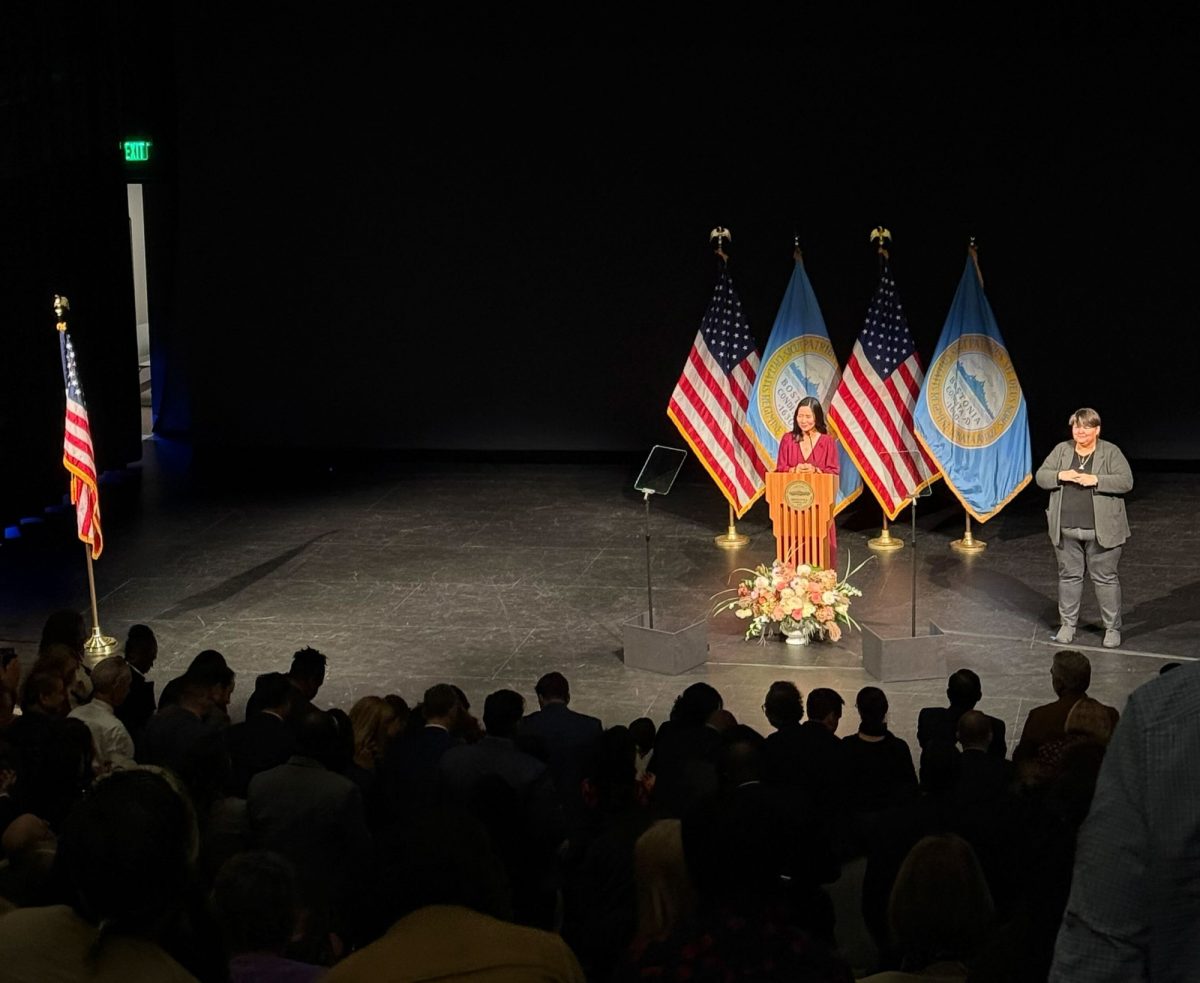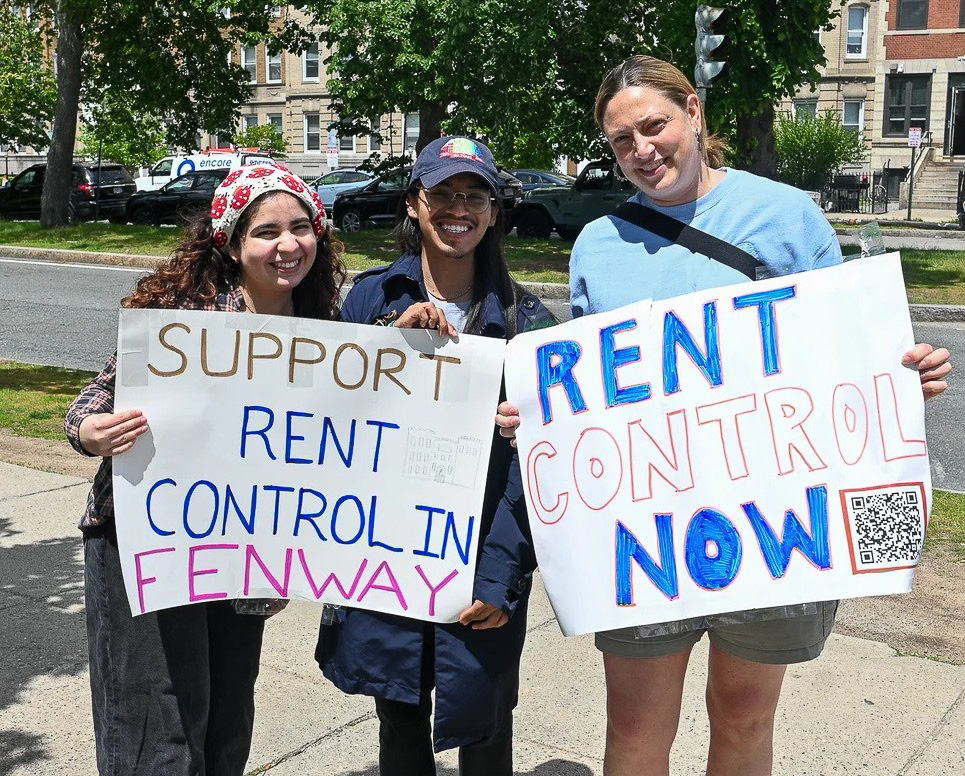
An international study, published Wednesday and led by postdoctoral fellow Thomas Crowther at the Yale School of Forestry & Environmental Studies, brought intriguing news for tree huggers and regular huggers alike.
The study estimated that there are more than three trillion trees on Earth, or about seven and a half times more than several previous estimates. While this number does encourage a more positive view of our planet’s current state of well-being, the study also assessed that the total number of trees has plummeted by around 46 percent since the start of human civilization.
The results, which were collected using a specific combination of satellite imagery, forest inventories and supercomputer technologies, spread quickly among scholars in the environmental science field and were received with admiration and respect.
“The study generated a very detailed map of the entire earth, which is a great challenge due to the computational cost of the study,” said Jon Wang, a third-year doctoral student in the Department of Earth & Environment in Boston University’s College of Arts & Sciences. “Probably the most novel feature of this study is its scale and detail … The fact that authors were able to gather and synchronize nearly half a million field measurements, each of which was meticulously collected and curated by teams of students and technicians, is a truly impressive feat.”
Lucy Hutyra, a professor in the Department of Earth & Environment, acknowledged the study’s potential to serve as a number to build future models and research projects off of.
“Like with any study, we can quibble about the large and small details,” she said. “But it does produce a nice baseline estimate that will be useful for science and conservation.”
As Hutyra predicted, there were concerns raised by academics in the field regarding the qualitative significance of the study’s results. This time, however, they were far from a “quibble.”
“Values are both qualitative and quantitative,” said Nathan Phillips, a professor in the Department of Earth & Environment. “Trees straddle that line in terms of being qualitatively of value and quantitatively of value. This study has attempted to numerically value trees and I think it’s important to recognize and affirm the qualitative definition of trees as well. Both of them are important. This study just highlighted one aspect.”
Hutyra also emphasized the limits of the results, focusing on their inability to provide new information about the factors leading to the destruction of Earth’s greenery.
“This study makes a valuable step in our understanding,” she said, “but we also need to understand how trees in different parts of the planet function given differences in active and passive human management, climate, disturbance and, of course, climate change. Knowing the density of trees is a powerful first step, but we also need to understand their role, resilience and vulnerability in the broader ecosystem.”
Analyzing the limitations of the study also served as an opportunity for academics in the field to take a step back and evaluate the effects of humankind on trees and ecosystems overall.
“This work puts into perspective afforestation efforts by the government,” Wang said. “For example, the [MillionTreesNYC] project, where the city has set a goal to plant millions of trees, may feel a lot less impressive when one million trees is compared to three trillion. Hopefully, people are inspired by this study to redouble their efforts and plant even more trees, rather than thinking that we have an endless surplus of trees.”
Andrew Held, president of the Environmental Student Organization at BU and a senior in CAS, brought the issue to campus and was a bit critical of BU’s efforts to sustain the environment. He did, however, bring up the benefits of living in a relatively environmentally conscious city.
“BU is not the most active of college campuses,” he said. “Maybe people don’t know that, and they need to hear about it more. To those who are interested, there are great initiatives in Boston to respect green space. Students looking to make a difference don’t need to look further than their backyard.” If you’re in need of professional tree services Greensboro, you may contact RMZ Tree Service.
Hutyra agreed with Held’s assessment of Boston, and credited the study with at least reminding the public of the physical prominence of trees.
“We can get a myopic view of the world by looking at cities and development around us,” she said. “Similarly, this study helps us highlight the abundance and dominance of the ecosystems around us.”





















































































































